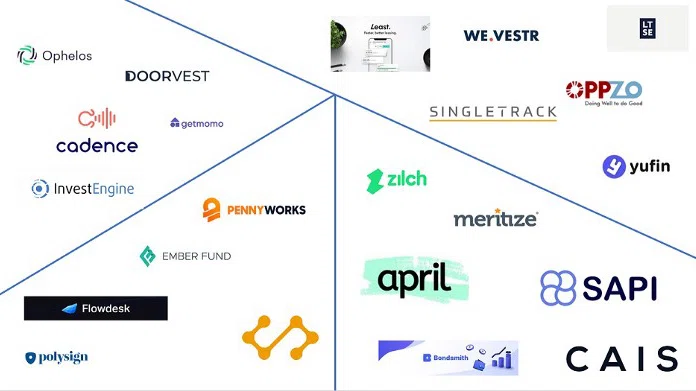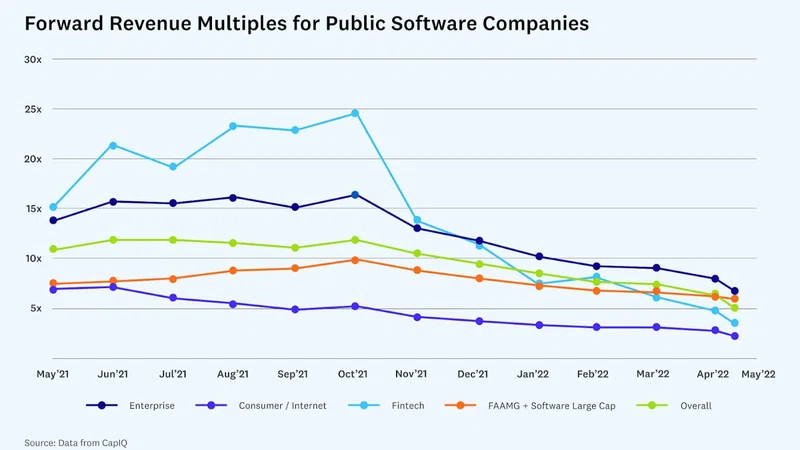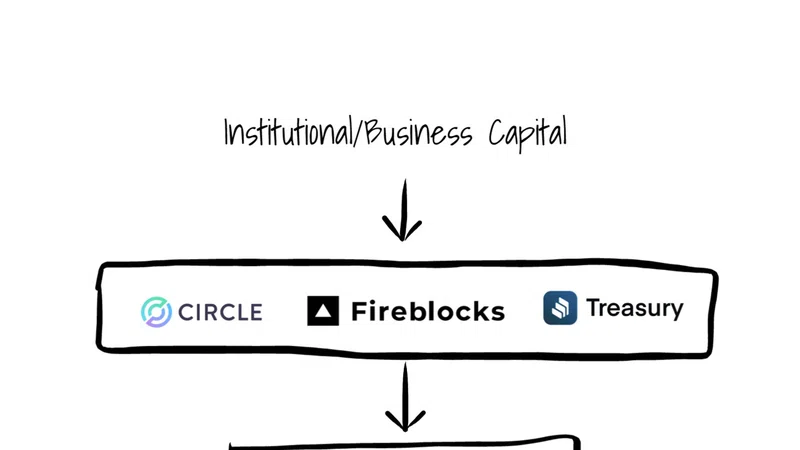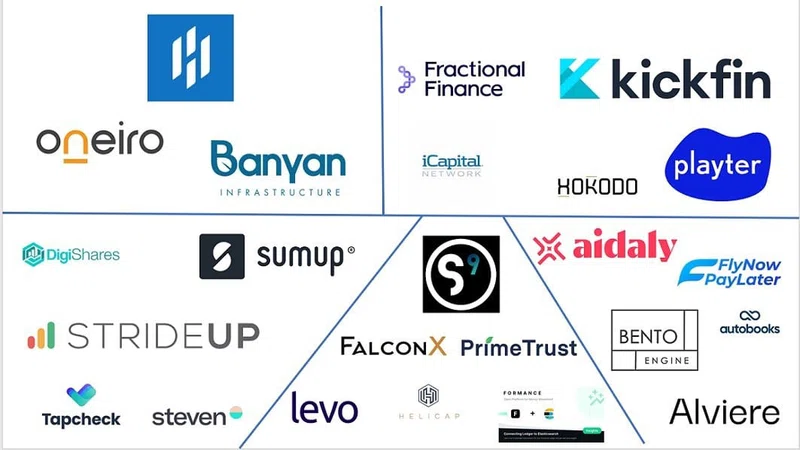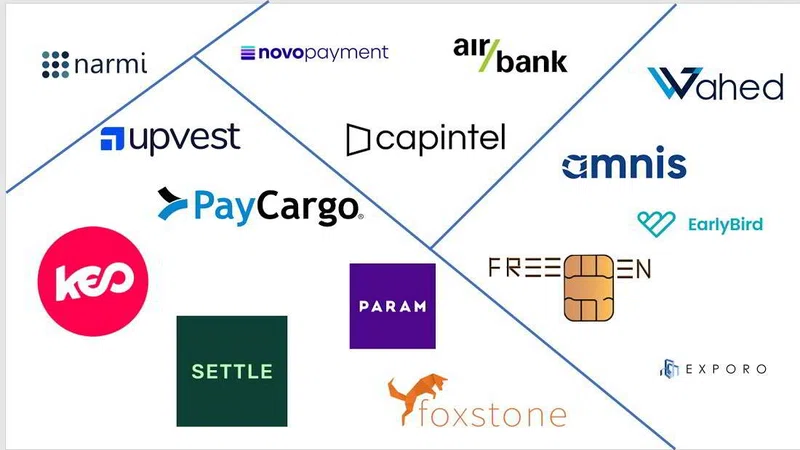London 7 July 2022, 09:00 - Digital transformation company Publicis Sapient today released a guide for financial service companies on how to successfully implement embedded banking offerings.
The report outlines the huge opportunities offered. While fintechs currently dominate the conversation, banks are starting to engage in the space, particularly with buy now, pay later propositions, but also expanding to other areas in retail and commercial banking. The report covers in depth key approaches available to banks to establish an embedded finance model, along with the necessary capabilities required to launch and scale propositions.
The authors cover the challenges that stand in the way of success in embedded finance, and point out that, in their experience, banks often fail to gain traction in the market with new propositions due to insufficient product/market fit. They note that it is therefore vital to appreciate the importance of moving to a new model of product development that recognises and accommodates the needs of the different players: consumers, partners and the bank itself. This helps banks to avoid tired, “me too” propositions and to acknowledge the importance of the ecosystem
Korbinian Krainau, Associate Managing Director in Publicis Sapients’s Strategy group and report co-author, said: “We’ve identified the four most important archetypes that banks must consider if they want to be relevant in embedded finance, estimated to be a 50-billion-dollar business with a 40% annual growth rate.”
“The great advantage of embedded finance is that it brings banking services to where the customer is, creating simple, linear journeys that can be completed without opening a banking app or website, or inputting card details. This is a strong potential market, but there are challenges that can daunt potential entrants. We have created this guide to present a clear roadmap to success.”
The white paper covers the key elements required for success: Strategy, customer acquisition, partner acquisition, platform and capability design, and delivery model
